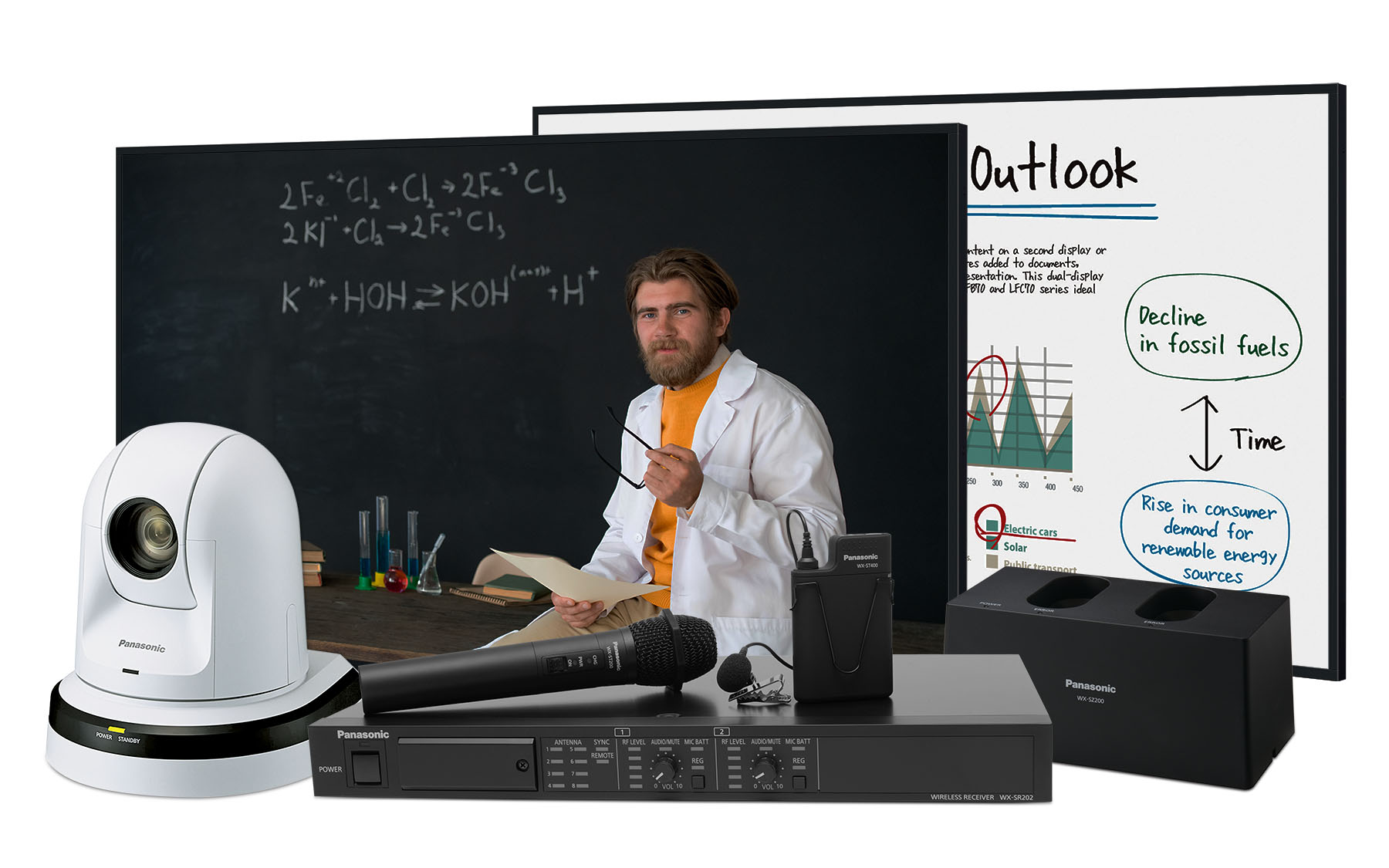
Q. What will school look like this fall – and beyond?
A. We are living through precedent times. While it is typically difficult to predict the future, I think it is safe to claim that there will be more volatility, uncertainty, chaos, and anxiety on the part of administration, faculty, students, and families. The primary concern for higher education needs to be the safety of students and faculty alike, which is why so many institutions are pivoting to online and hybrid learning in order to maintain the continuity of meaningful and authentic learning. However, many higher education faculty have little or no experience as online learners, and so the prospect of becoming an online teacher is a lot like becoming a lifeguard without knowing how to swim. Some learning systems are committed to following the guidance provided by research about online learning that works. These institutions are making more intentional choices about the fall term and, as a result, they will be more successful than institutions that are less committed to intentional online learning.
Q. How can we do a better job of AV setup for hybrid learning?
A. Again, we have to follow the guidance provided by the highest quality research available about online learning that works. Panasonic has partnered with Dr. Sonny Magana, an online learning pioneer and Oxford Research Scholar to embed his methodology, what he calls the T3 Framework for Innovation, into the Panasonic higher education solution. The peer-reviewed strategies in the T3 Framework has shown to have an effect equivalent to quadrupling learning performance. The T3 Framework was recently inducted into Oxford University’s Research Encyclopedia for Education, which is what prompted us to partner with Dr. Magana. Our intention is to package AV tools with The T3 Framework’s concrete strategies, protocols, and resources so that our AV equipment is not just used, but used in the most reliable way possible to improve learning outcomes. It’s not just about the AV, but it’s about reliably improving remote and hybrid learning based on the research evidence on what works. That will make all the difference in the world.

Q. The student experience – can they get what they need being remote?
A. There are different levels of need. The human social/emotional aspect of learning is not only foundational, but it is difficult, but not impossible to reproduce in remote learning environments. So, having said that, students can get their learning and social/emotional needs met by practicing what Dr. Magana calls “Contributive Learning.” Contributive Learning theory suggests that meaningful learning is a function of both active participation in the learning experience and collective interaction. Many faculty see learning as a solo experience, like long-distance running, in which learners consume information from a lecture, commit that information to memory, and then demonstrate their recall ability on some examination. Contributive Learning Theory indicates that learning is more like a team sport–we learn better together than we do in isolation. That means shifting remote learning conversations from monologues to dialogues. That is a shift that is ideally suited to remote learning–with the right tools, training, and resources to help faculty and leadership make this shift.
Q. How do we avoid overburdening tech support, short of turning teachers into broadcast engineers?
A. There is going to be an amount of “front-loading” by tech support folks in higher education, let us make no doubt about this. But that should be seen as a starting point, not an ongoing situation. The evidence indicates that building faculty capacity with research-driven online learning methods and strategies will reduce the burden on tech support personnel. This logic follows the old “teach a person to fish” allegory: when tech support don’t build capacity–in other words they give away fish–they are building dependency. Many higher education learning organizations are falling into this trap. However, tech support personnel who work with trusted, knowledgeable partners, like Panasonic, to build instructional capacity with online learning that works, it’s like teaching teachers how to fish. That model is much more sustainable, and, in the short- and long-term, will serve to reduce the Pandemic Slide Effect, so that higher education learning curves upwards rather than continuing to spiral downwards.
Q. What is your best advice for resellers and schools/universities as we approach the 2020-2021 school year?
A. There is no question about it: learn about the recent breakthrough findings by Dr. Sonny Magana on online learning that works. He has based his T3 Framework for Innovation on four decade’s worth of investigation on finding the sweet spot between learning and technology. We invite interested faculty and leadership to enroll in what we call Project Moonshot–our effort to build instructional capacity with the T3 strategies and protocols in order to minimize the Pandemic disruption on learning continuity, and begin to shift the learning curve upward. Disruptive situations must be met with disruptive innovations to first minimize losses and then begin the road to recovery. We are currently seeking about 10-15 more faculty members who want to become Project Moonshot Pioneers who learn how to implement the T3 strategies and protocols, and then, with the help of Dr. Magana, evaluate the impact on student learning and engagement.
Author: Rob Goldberg, Panasonic Group Manager of Visual Systems
For more information on Panasonic programs, resources, and A/V products for higher education, please contact Angie Greene at [email protected].

Angie Greene
Business Development Manager, CTS, DSCE
[email protected]
888.420.2566 x6209








